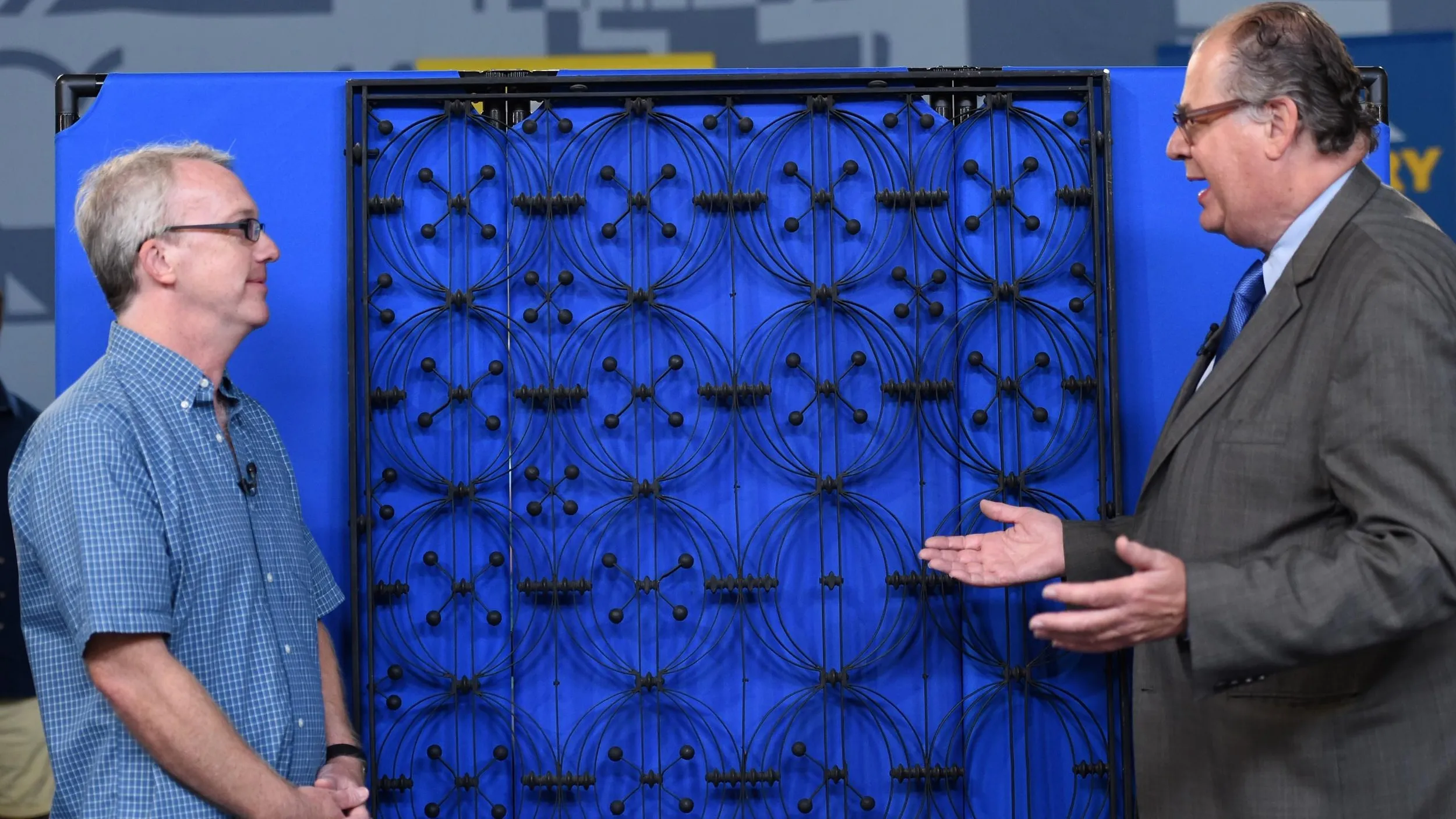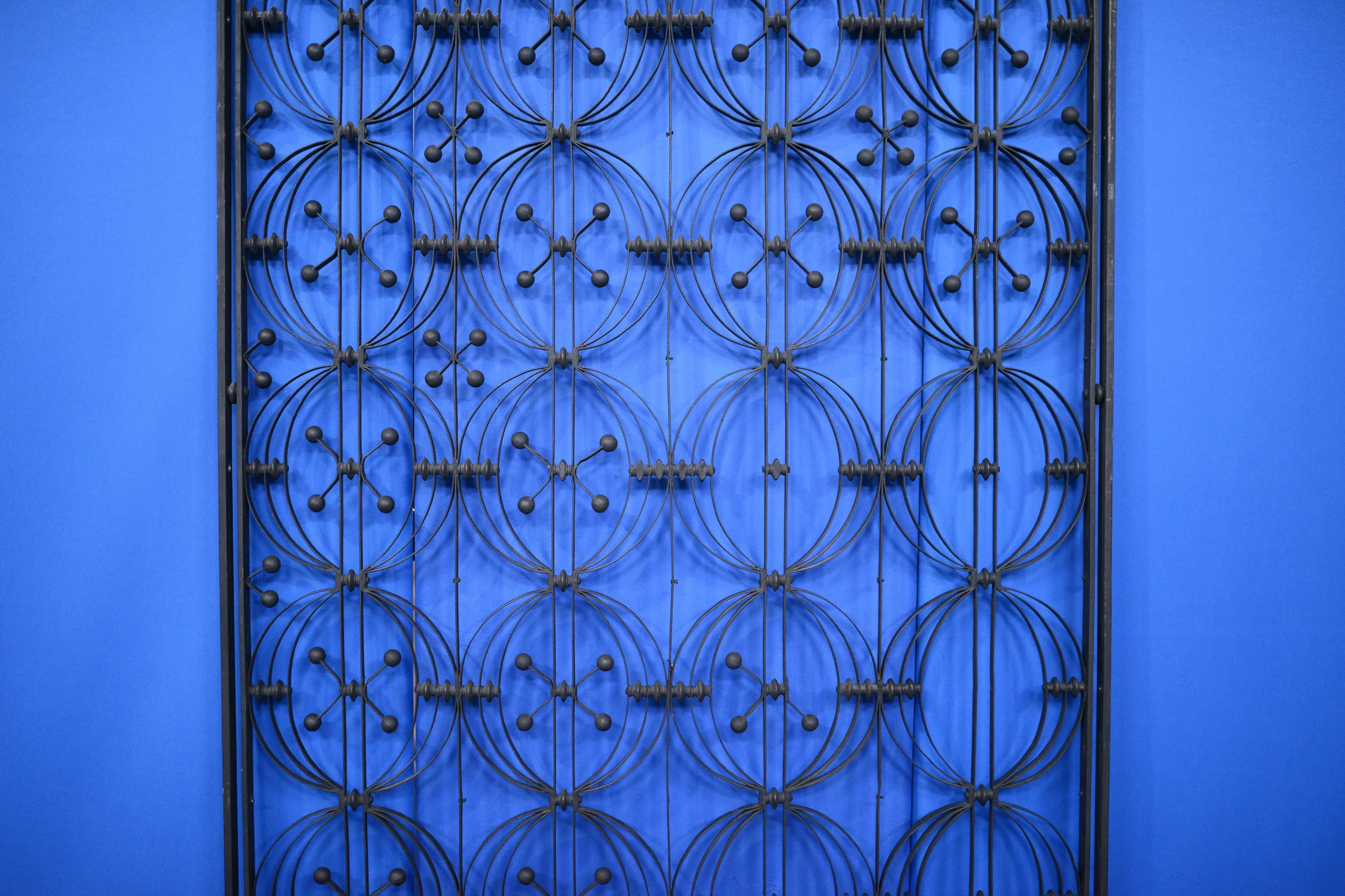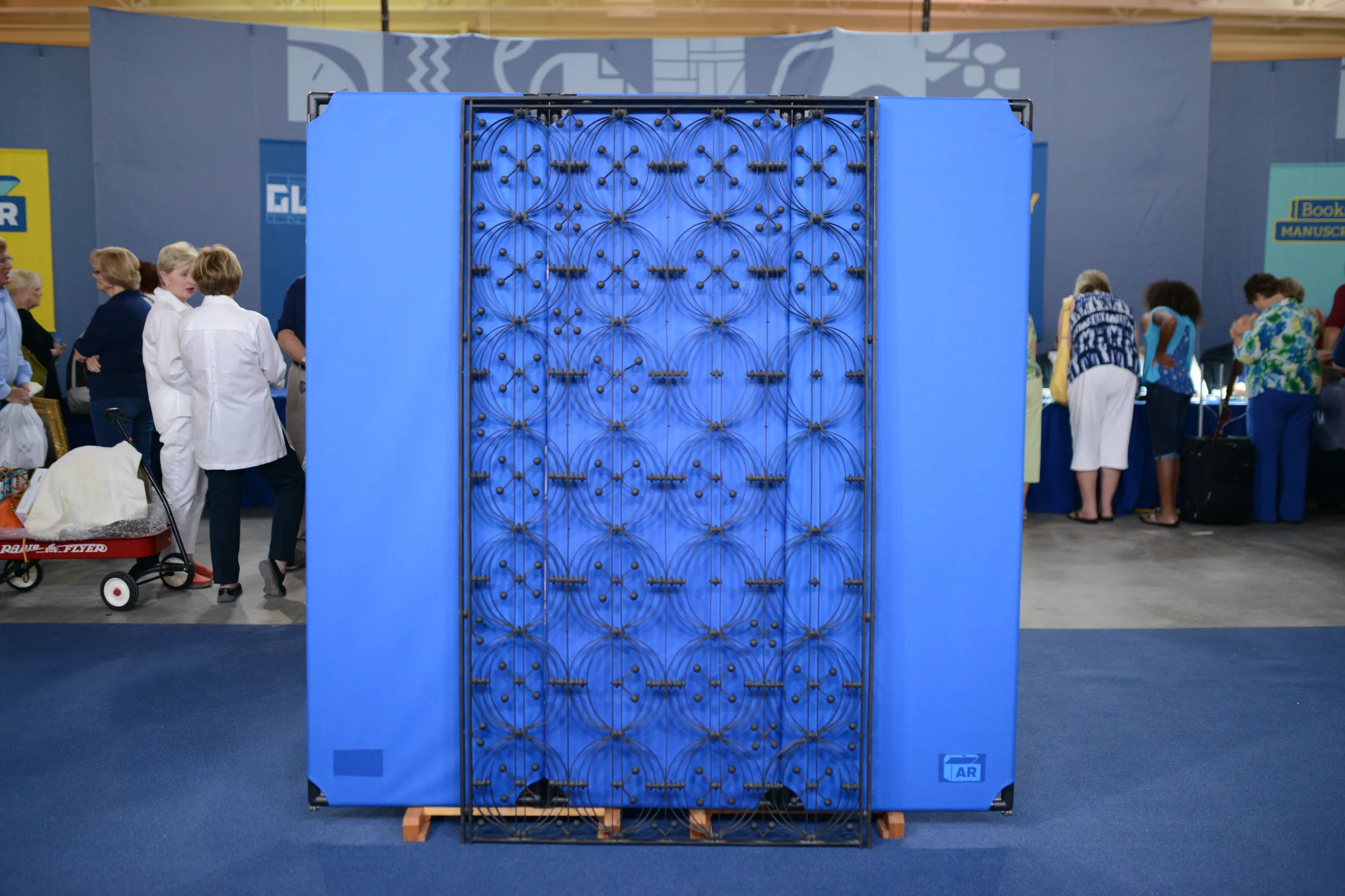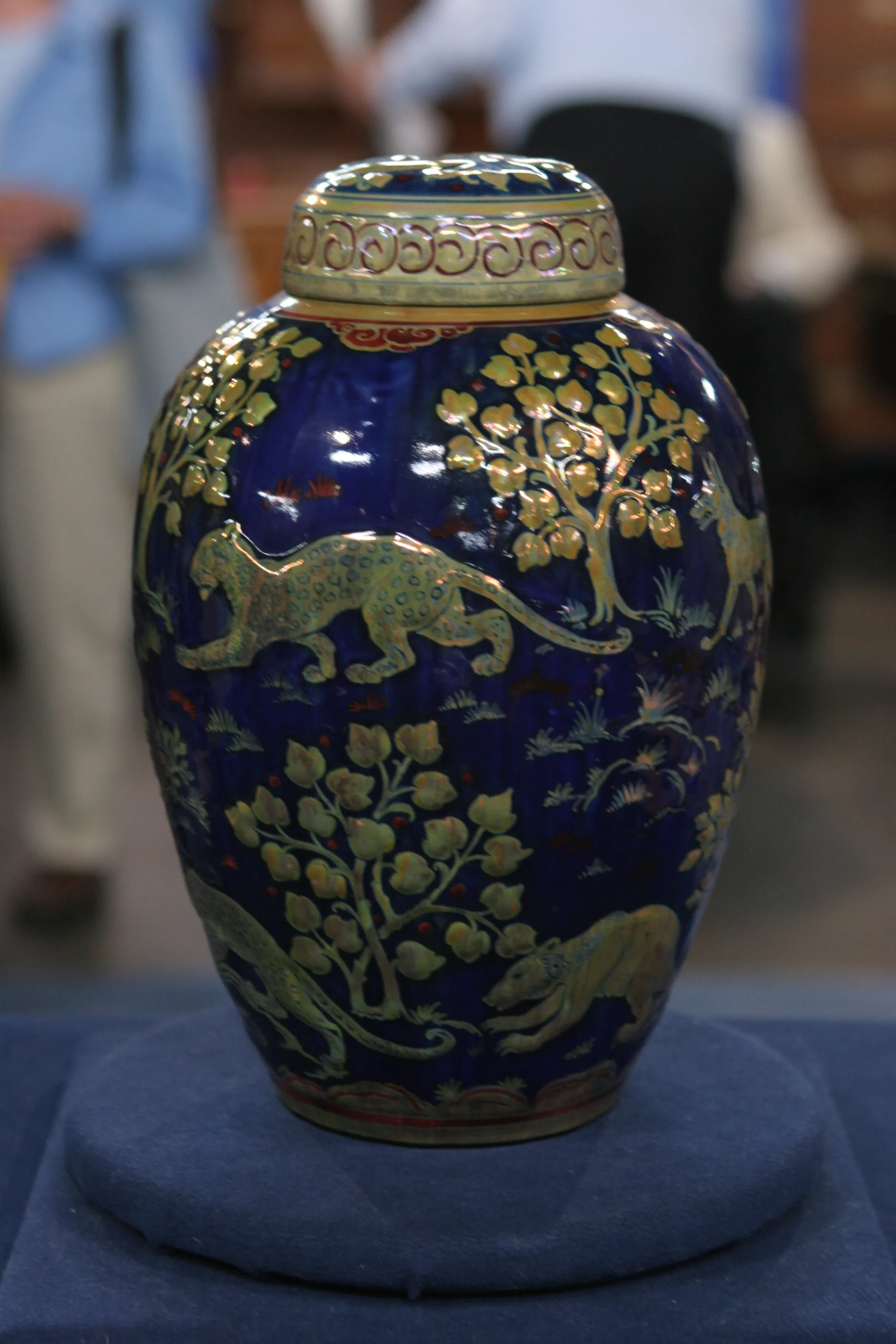GUEST: This is an elevator grille from the Chicago Stock Exchange. For many years, it hung in my grandfather's basement, where as a kid I would play pool, and there were pool sticks hanging on the grille. My uncle was an art student in Chicago in the early 1960s. He was a student at the Illinois Institute of Technology. And this was during the era in Chicago architectural history where the old Sullivan & Adler buildings were being torn down. He and his fellow art students went to salvage pieces like this, and it made its way down to St. Louis then. The building ten years later was torn down and was a kind of major impetus for the preservation movement in Chicago.
APPRAISER: Yeah, that's what's so amazing about this piece. This is by Adler & Sullivan. It's one of the most fantastic pieces of interior architecture from that later part of the 19th century. It was done in 1894. And the idea that this iconic thing would be torn down, and then on top of that, this stuff sold for scrap.
GUEST: Right.
APPRAISER: This came from an earlier renovation. When they were tearing down the building, they actually set up a shop down on the ground floor selling this as scrap metal.
GUEST: Right.
APPRAISER: They got melted down. Also, they got roughly treated. So this is great-looking, with these little balls and these ovals. And if you look at it closely, even though it's overall a very busy design, you see lots of these are missing. So you see they're missing here, they're missing here.
GUEST: I've also wondered if they sat there as an elevator grille for 70 years in the building, if people waiting for the elevators might not have idly played with these as well. It might have been in bad shape in 1960 as well.
APPRAISER: It's true, because again, the building wasn't appreciated. It's part of an elevator bank, and it's just one section of a large, probably about a 12-foot-long bank of the elevator; they're flanking panels. There's a bronze bottom, and then there's a whole top to them that goes across. So you just have sort of the best part.
GUEST: Oh, good.
APPRAISER: They're fairly rare, I think. Since they were treated so poorly, very few survived. Yeah. They are a number of them in museums. In terms of the value, in a retail setting, this would probably be in the $30,000 to $40,000 range.
GUEST: Okay, that's wonderful.
APPRAISER: Yeah, it's a great, great piece.
GUEST: I had been wondering, given its condition here, how much that hurt it because ones I've seen in museums are obviously in better shape.
APPRAISER: Well, to be honest, it's fairly easy to repair these. All of this can be fabricated. These balls can be replicated in resins or various plastics. And I think that goes to just the overall great look of it. Does it affect the value? Yes, but none of these, not one, ever comes down in perfect condition.
GUEST: Okay.













